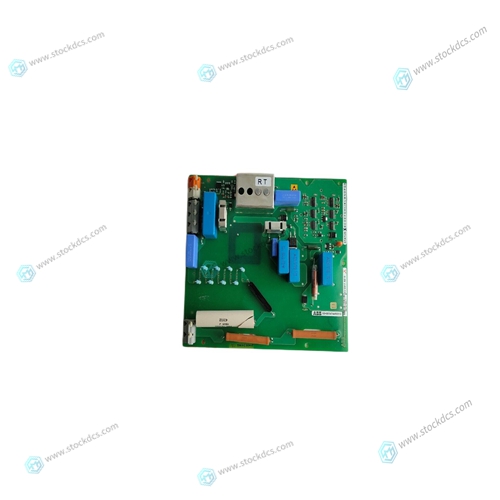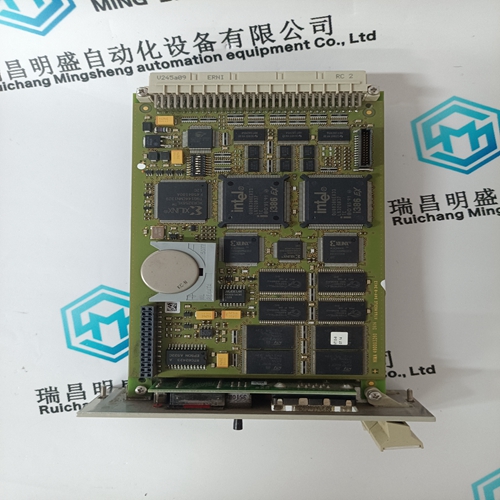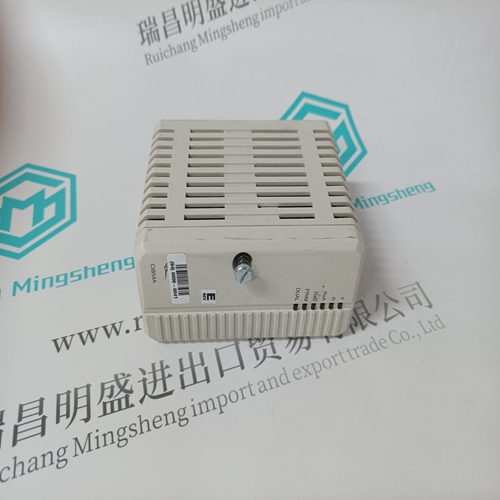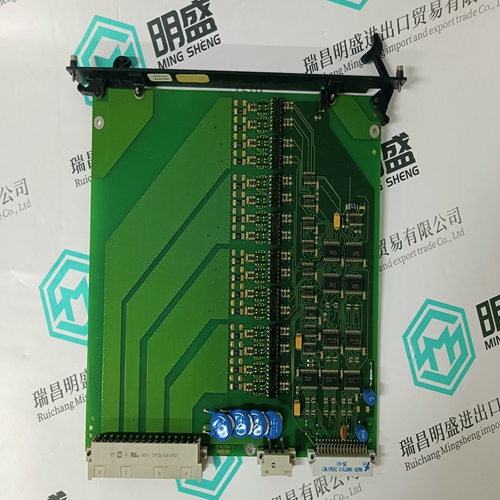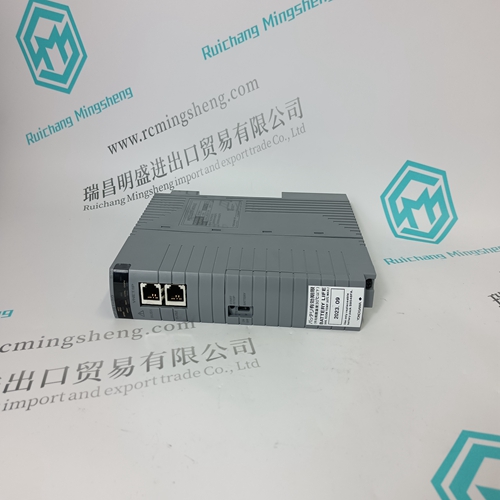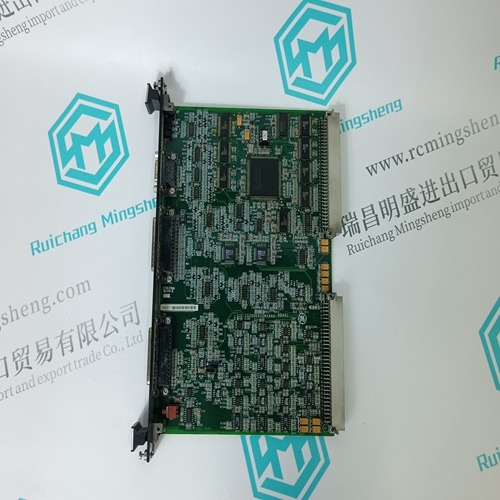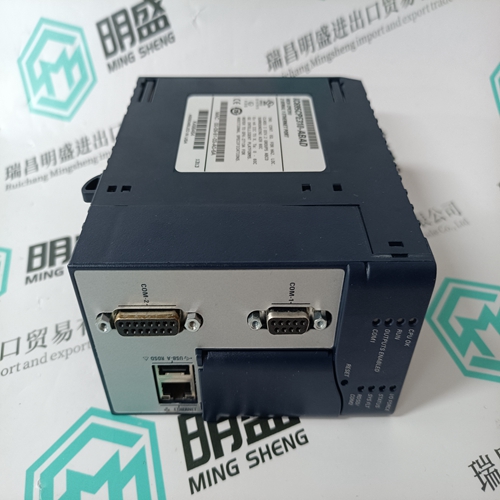Home > Product > DCS control system > ABB XVC768AE105 3BHB007211R0105 Voltage input module
ABB XVC768AE105 3BHB007211R0105 Voltage input module
- Product ID: XVC768AE105 3BHB007211R0105
- Brand: ABB
- Place of origin: The Swiss
- Goods status: new/used
- Delivery date: stock
- The quality assurance period: 365 days
- Phone/WhatsApp/WeChat:+86 15270269218
- Email:stodcdcs@gmail.com
- Tags:ABBXVC768AE1053BHB007211R0105Voltage input module
- Get the latest price:Click to consult
ABB XVC768AE105 3BHB007211R0105 Voltage input module
Advanced communications settings are available under the Communication Method tab to allow different methods of communications to be utilized (shown in Fig 4.6). The version 7 (and higher) drivers and .DLL’s allow for three different methods of communications: Interrupt, Stall, and Delay.
The Galil Windows Servo Design Kit includes advanced tuning and diagnostic tools that allows the user to maximize the performance of their systems, as well as aid in setup and configuration of Galil controllers. WSDK is recommended for all first time users of Galil controllers. WSDK has an automatic servo tuning function that adjusts the PID filter parameters for optimum performance and displays the resulting system step response.
Interrupt Communications Method
The interrupt method overall is the most efficient of the three methods. The software communications method uses a hardware interrupt to notify the application that a response or unsolicited data is available. This allows for greater efficiency and response time, since the drivers do not have to “poll” the buffers for the data. Additionally, the interrupt method allows for data record caching. The interrupt method uses bus level interrupts (IRQ) from the controller to notify the PC that data is available. This requires that the Controller be configured with a valid interrupt line. For DMC-18x2 controllers the interrupt is configured automatically. Firmware version 2.0m (and greater) is required for the “communications interrupt” method to be available. For complete information on the different communications methods, select the More Info button on the Communications parameters dialog box.
Stall Thread and Delay
Thread Methods Users can also choose between "Delay" and "Stall" methods. These two methods are available for the DMC-18x2 controller and affect how the software "waits" for a response from the controller when a command is sent. If a controller is configured with the "Delay" method, the thread waiting for a command response gives up its time slice, allowing other processes running on the operating system to proceed. This method can slow communication, but results in negligible CPU utilization. The second method, the "Stall" method, uses the opposite strategy. The thread that performs I/O with the controller maintains ownership of the CPU and polls the controller until a response is received. This approach is essentially the same method employed in previous versions (< V7) of the Galil communication DLLs and drivers. While the "Stall" method does not have to wait for its thread to become eligible for execution, it does result in 100% CPU utilization while communicating with the controller.





Company product range
----------------------Ruichang Mingsheng Automation Equipment Co., Ltd----------------------
PLC module, programmable controller, CPU module, IO module, DO module, AI module, DI module
Network communication module,
Ethernet module, motion control module, analog input module, analog output module, digital input module, digital output
Module, redundancy module, power module, relay output module, relay input module, processor module
after-sales
Professional sales electric brand products around the world
Products overseas direct purchase, quality goods inventory, price concessions
After-sales warranty, models complete, the same product, different price and service.
